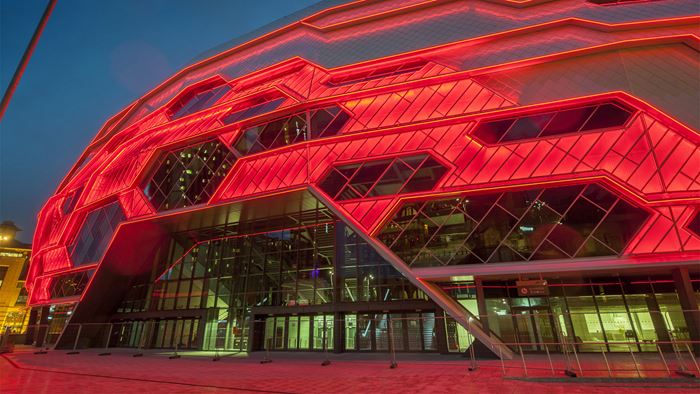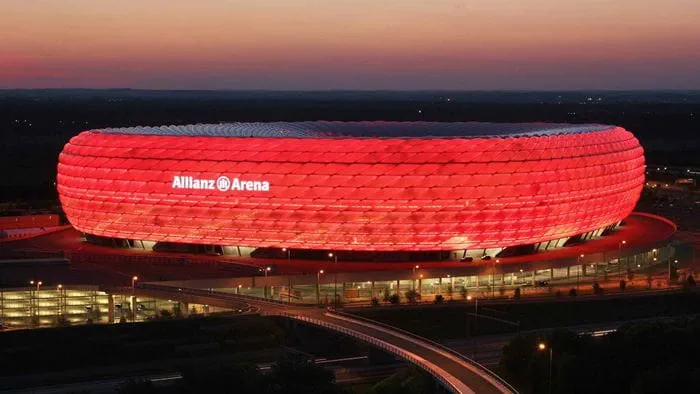The Reyno de Navarra Arena is a multipurpose sports field and a sports court with a maximum capacity of 11,300 spectators. The Arena was designed within the “Plan Navarra 2012” to provide the Region of Navarre with a number of infrastructures that will help boost the economy.
The new system of retractable stands allows for a wide variety of track configurations to accommodate an ambitious programme of sports, social, cultural and exhibition events. Such high expectations required a unique architectural design.
Arup carried out the fire consultancy, allowing the design team to use alternative solutions to the code.
Cost saving to the design
The solutions prescribed by the fire safety code did not provide the design team with convincing answers: on the one hand, the design team was particularly concerned about the variability of the uses and therefore the fire risk the set of active and passive fire safety measures had to deal with. On the other hand, the architectural design imposed a number of measures that exceeded the limits of the prescriptive fire safety regulations.
All these factors convinced the design team of the importance of addressing the fire safety of the building with a performance based approach.
The performance based approach
Arup, in collaboration with the design team and the authorities conducted a study which defined the requirements for the smoke control system to justify longer travel distances, as an alternative to the measures prescribed by the code (a sprinkler system whose performance was questioned because of its installation in a high ceiling). Arup also assisted in defining a passive protection level for the steel structure to respond to the real fire threat. This allowed for significant cost savings.
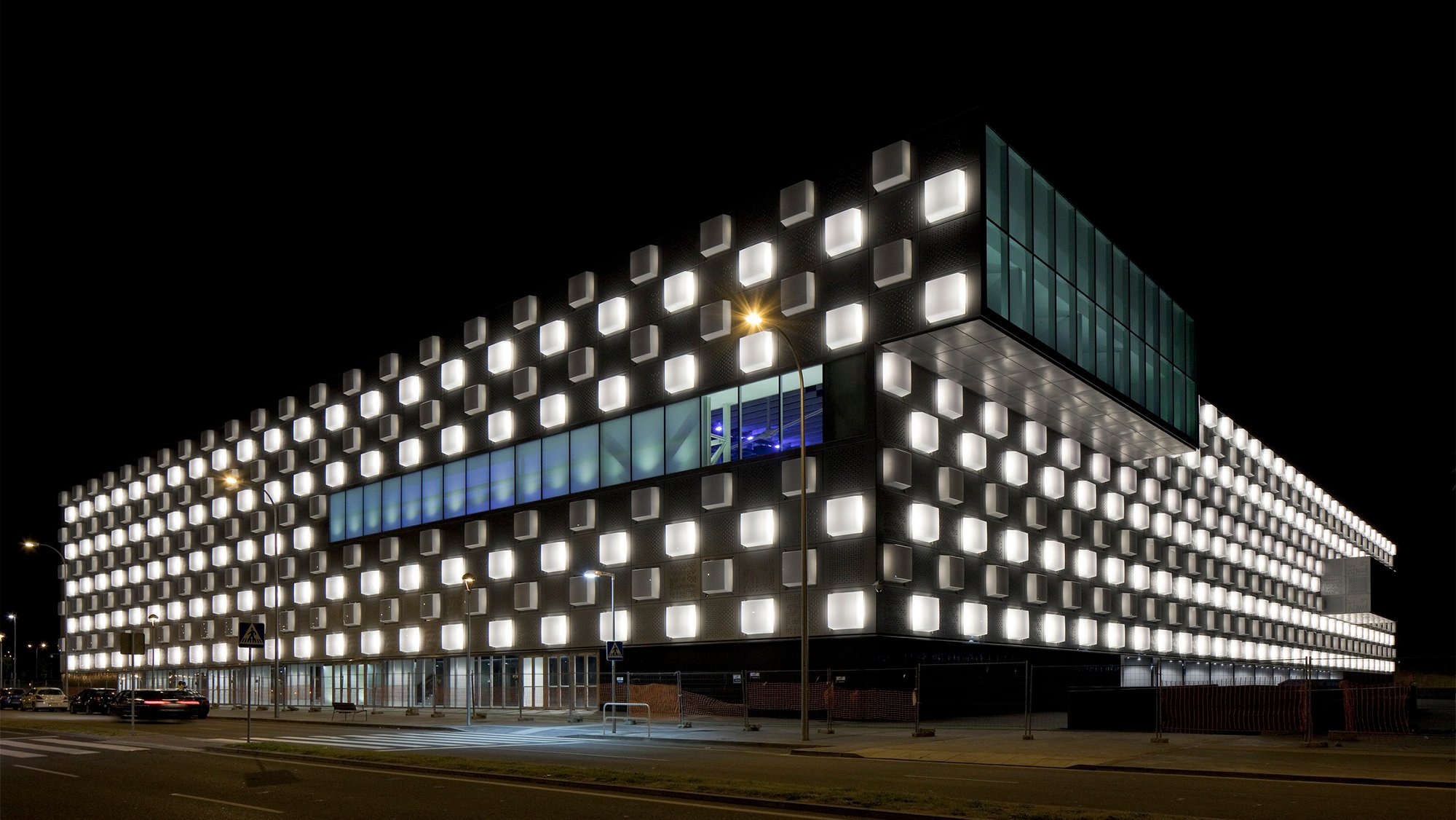 ;
;

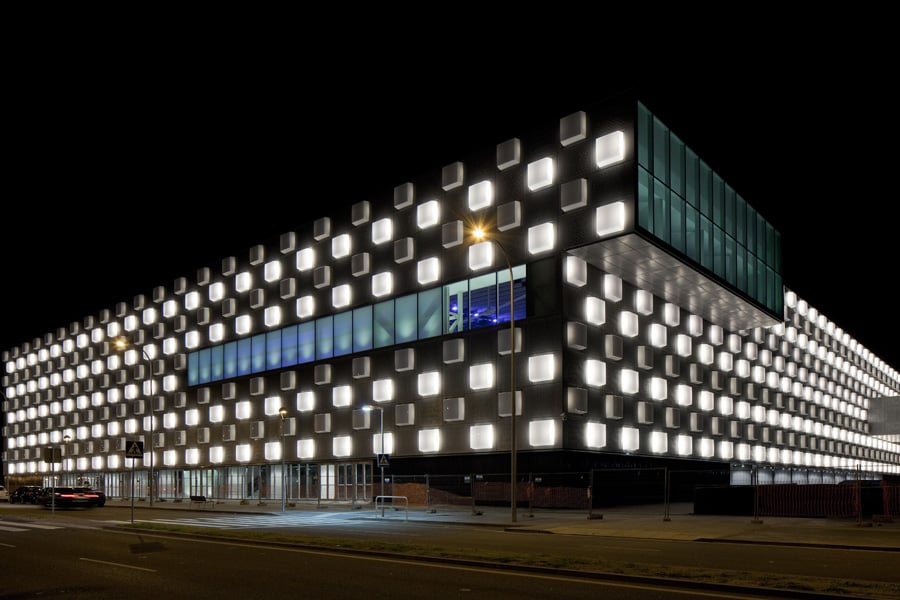
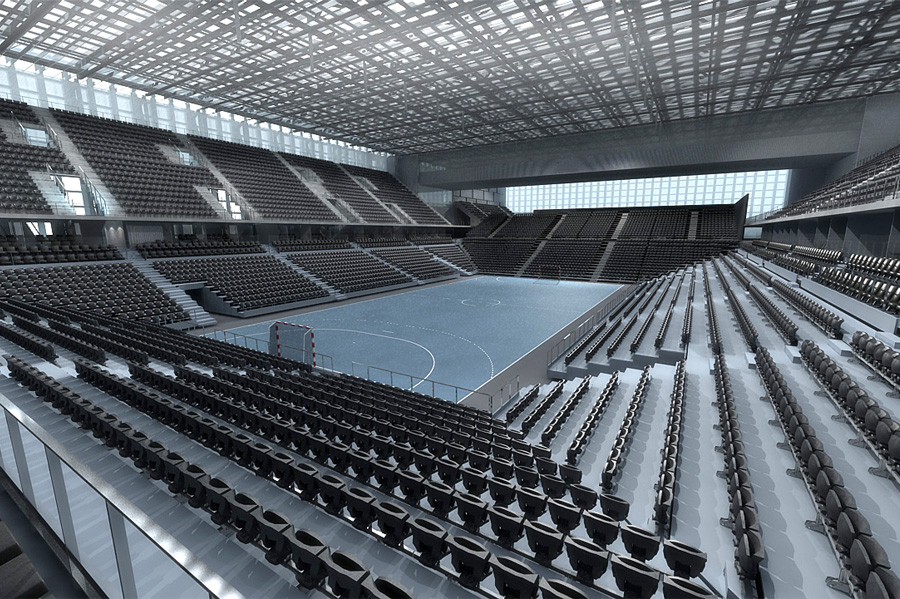
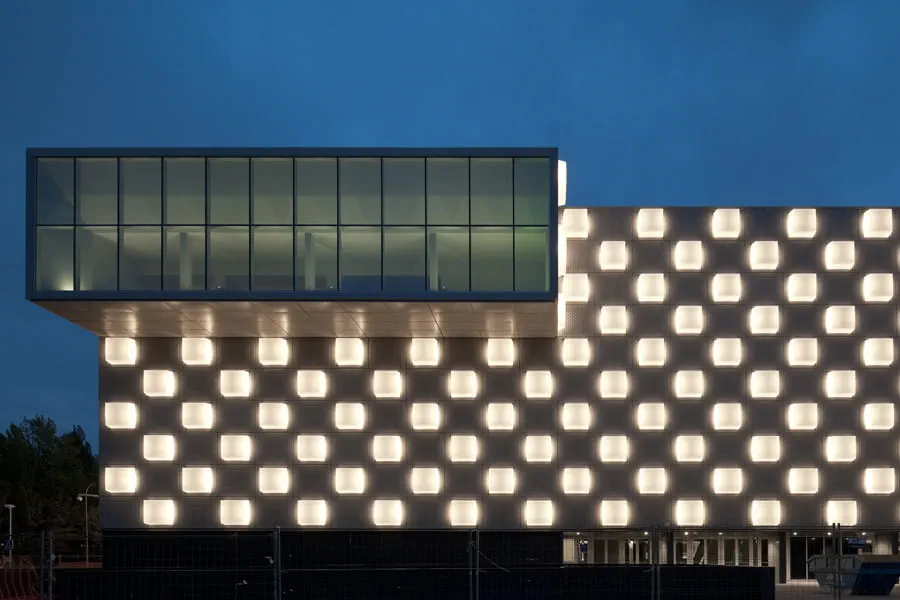
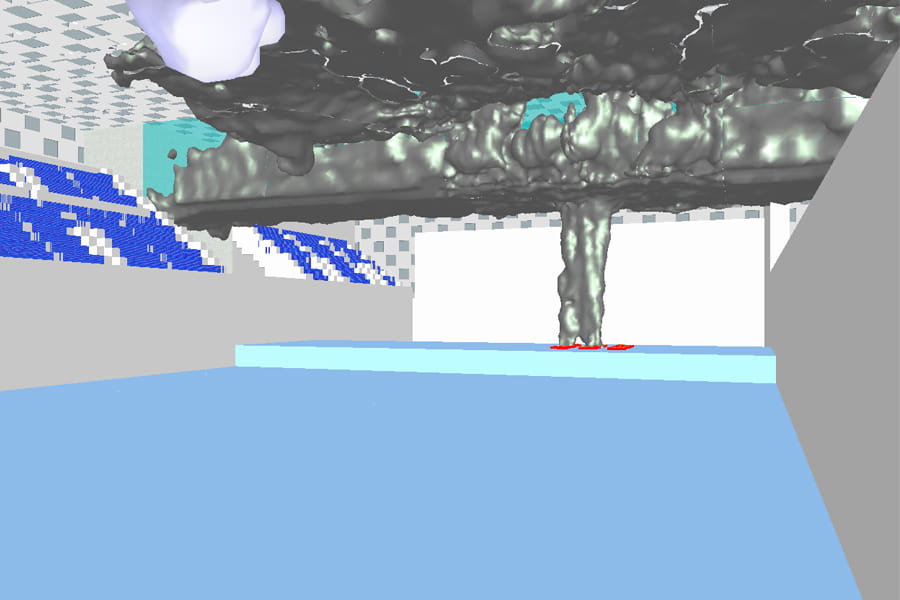
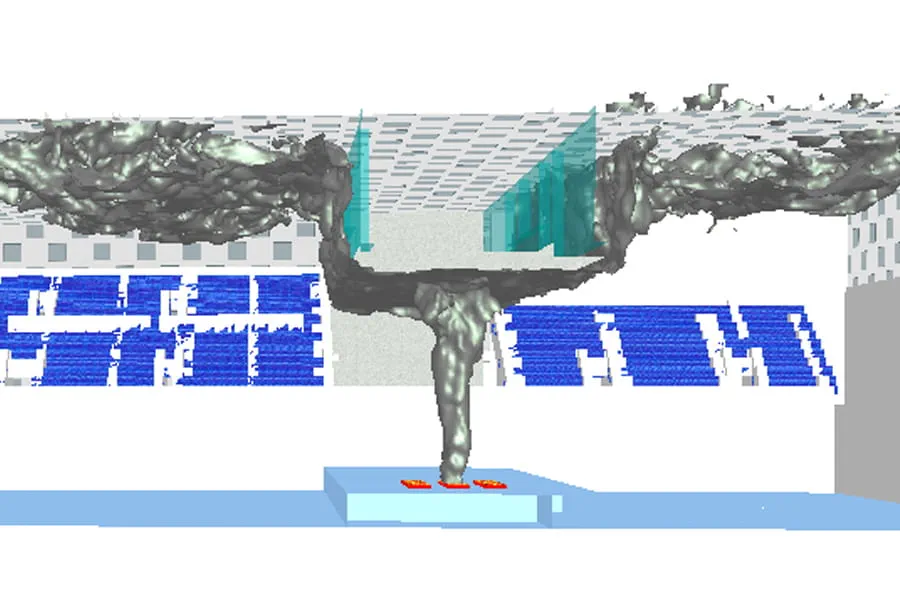
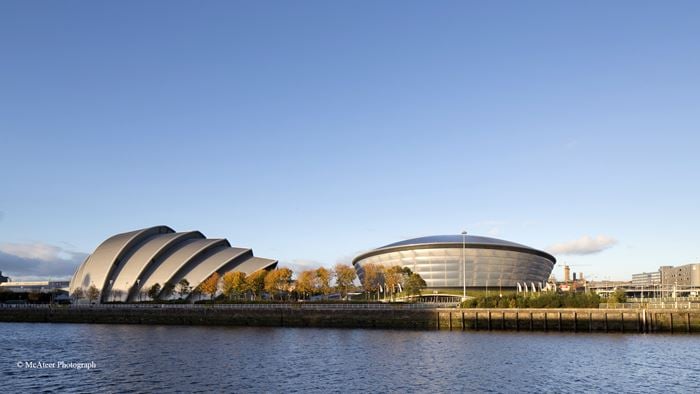
.jpg?h=394&mw=700&w=700&hash=0E508752755D47C822D3832DE9BD80DC)
